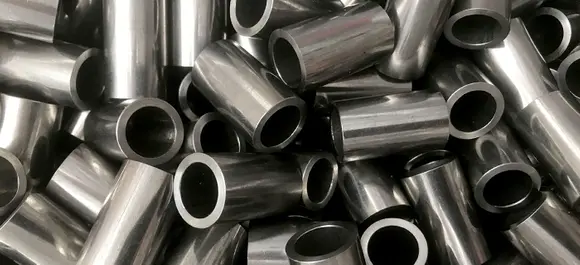Mobile:+86-311-808-126-83
Email:info@ydcastings.com
Casing Centrifugal Pump - Efficient Fluid Transfer Solutions
Understanding Casing in Centrifugal Pumps
Centrifugal pumps are essential components widely used in various industries for fluid transport. At the heart of these pumps lies the casing, a critical element that influences both the efficiency and performance of the pump operation. The casing serves not only as a protective shield for internal components but also as a conduit through which the fluid flows. Understanding the design, function, and types of casings in centrifugal pumps can provide invaluable insights into their operation and selection.
Understanding Casing in Centrifugal Pumps
Casing designs can be categorized into two main types volute casings and diffuser casings. The volute casing gradually increases in cross-sectional area, allowing fluid to decelerate smoothly and convert kinetic energy into pressure. This design is the most common for centrifugal pumps due to its simplicity and capability to handle a wide range of flow rates. Conversely, diffusion casings use stationary vanes to guide fluid flow, providing a more controlled environment for energy conversion. This type of casing is often utilized in applications requiring high efficiency at specific flow rates, such as in high-performance or multi-stage pumps.
casing centrifugal pump

Material selection is another vital aspect of casing design. The casing must withstand not only the mechanical stresses imposed during operation but also the corrosive or abrasive nature of the fluids being pumped. Common materials include cast iron, stainless steel, and various thermoplastics. Each material offers distinct benefits, such as corrosion resistance or improved thermal conductivity, which can be critical depending on the application.
Moreover, the design of the casing impacts maintenance and operational downtime. Casings are designed to facilitate ease of access to internal components. For instance, some casings come equipped with flanged connections which allow for easy removal and maintenance of the impeller and other parts. Regular maintenance is vital for ensuring the longevity and reliability of centrifugal pumps, and an accessible casing design can significantly reduce downtime and associated costs.
The selection of the right casing for a centrifugal pump is also influenced by specific operational parameters such as flow rate, pressure, and the nature of the fluid being transported. Engineers must consider these factors to ensure that the pump operates efficiently under the conditions it will encounter in real-world applications.
In conclusion, the casing of a centrifugal pump plays a pivotal role in determining its efficiency, reliability, and suitability for specific applications. Understanding the functions, types, and materials of pump casings can aid engineers and operators in making informed decisions when selecting and maintaining centrifugal pumps. As industries evolve and demands for efficient fluid transport increase, the innovative design and functionality of casing in centrifugal pumps will continue to be a focal point in engineering advancements.
-
Why Should You Invest in Superior Pump Castings for Your Equipment?NewsJun.09,2025
-
Unlock Performance Potential with Stainless Impellers and Aluminum End CapsNewsJun.09,2025
-
Revolutionize Your Machinery with Superior Cast Iron and Aluminum ComponentsNewsJun.09,2025
-
Revolutionize Fluid Dynamics with Premium Pump ComponentsNewsJun.09,2025
-
Optimizing Industrial Systems with Essential Valve ComponentsNewsJun.09,2025
-
Elevate Grid Efficiency with High-Precision Power CastingsNewsJun.09,2025











